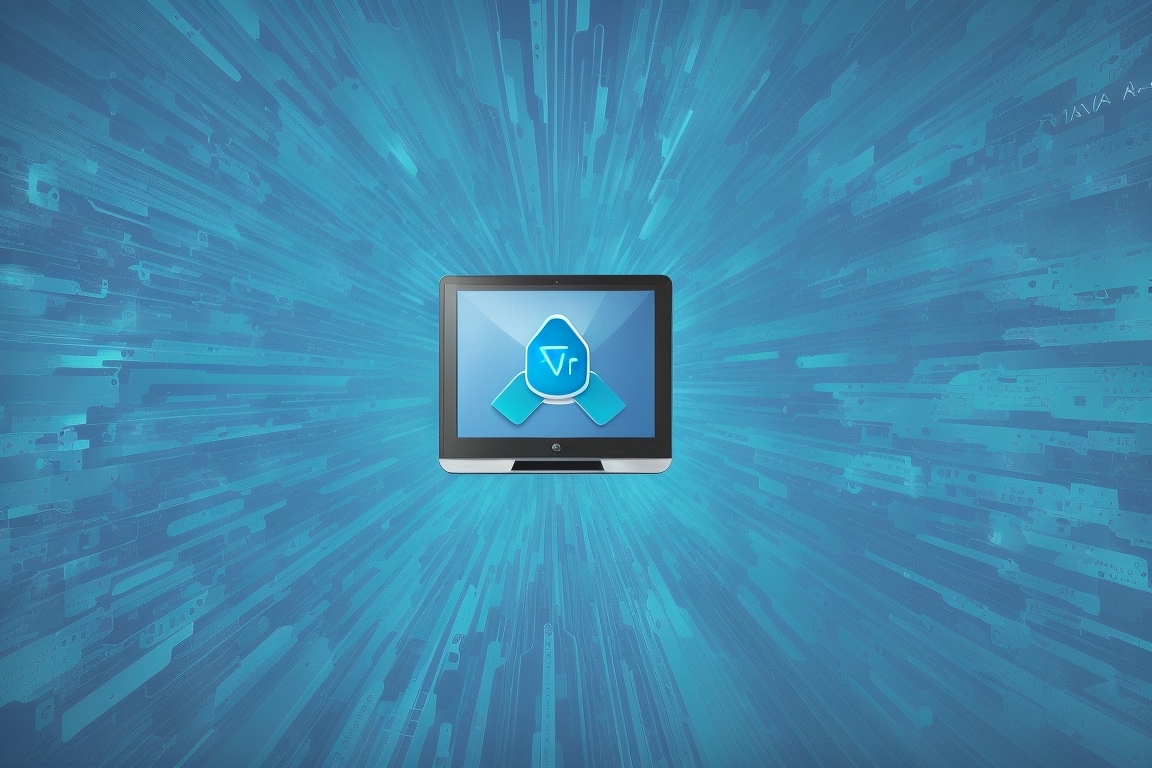Introduction
The Java Virtual Machine (JVM) is the heartbeat of the Java programming language, serving as a critical component that enables Java’s platform independence, portability, and security. This article aims to provide a comprehensive overview of the JVM, shedding light on its inner workings, its significance in the Java ecosystem, and its role in executing Java applications.

The JVM: An Overview
- What is the JVM?The JVM is a software-based emulation of a physical computer that executes Java bytecode. It abstracts away the underlying hardware differences across various platforms, allowing Java programs to run consistently across diverse environments.
- Why is it Important?The JVM plays a pivotal role in making Java a “write once, run anywhere” language. Developers can write code on one platform and expect it to run on any other platform that has a compatible JVM implementation.
- JVM ImplementationsMultiple vendors provide JVM implementations, with Oracle HotSpot, OpenJDK, and IBM J9 being some of the most well-known ones. These implementations may vary in terms of performance optimizations, features, and licensing.
How the JVM Works
- Class LoadingWhen a Java program is executed, its classes are not loaded all at once. The JVM uses a class loading mechanism to load classes as they are needed during runtime. This helps conserve memory and speeds up the startup time of applications.
- Bytecode ExecutionJava source code is compiled into bytecode, a platform-independent intermediate representation. The JVM interprets and executes this bytecode line by line or can compile it further into native machine code for improved performance using Just-In-Time (JIT) compilation.
- Garbage CollectionOne of the JVM’s key features is automatic memory management through garbage collection. It tracks and reclaims memory that is no longer in use, preventing memory leaks and improving application stability.
- JVM Memory ManagementThe JVM manages memory using several regions, including the heap, method area, and native method stack. Developers can configure JVM memory settings to optimize application performance.
- SecurityThe JVM provides a secure execution environment by enforcing access controls, verifying bytecode for security issues, and offering built-in protection against common vulnerabilities, such as buffer overflows.
The Role of the JVM in Application Execution
- Java Application LifecycleThe lifecycle of a Java application typically involves writing source code, compiling it into bytecode, and then executing it on the JVM. The JVM handles the execution phase, ensuring that the program runs reliably and efficiently.
- Platform IndependenceThe JVM’s ability to run Java bytecode on different platforms makes it an excellent choice for cross-platform development. This portability is crucial for web applications, mobile apps, and enterprise software.
- MultithreadingJava applications can easily harness the power of multithreading thanks to the JVM. It provides built-in support for creating and managing threads, making it easier to write concurrent and scalable applications.
- Performance OptimizationJVM implementations often include performance tuning options. Developers can fine-tune the JVM to meet the specific requirements of their applications, optimizing execution speed and resource usage.
Conclusion
In summary, the Java Virtual Machine is a cornerstone of Java’s success. It enables developers to write code that runs consistently across various platforms, offers automatic memory management, enhances security, and provides numerous features for building robust and efficient applications. Understanding the JVM’s inner workings is crucial for Java developers to create high-performance and platform-independent software solutions. As Java continues to evolve, the JVM remains at the forefront, ensuring Java’s relevance in modern software development.
